- 36,875

- Scotland
- GTP_daan
What about it?What about the Lotus 76?
What about it?What about the Lotus 76?
Well I could not help thinking about how the 76 was supposed to be the successor to the 72 but it only raced 7 times in 1974 (8 if non-championship races are included) and only finished once (4th in Germany with the late Ronnie Peterson). That same year, its predecessor was still competitive enough to win 3 races and had previously secured 3 Constructors titles and 2 Drivers titles. To further rub salt in the wound, by the end of the 1974 season, the 72 had won 1/3 of the races it had competed in with a further 4 wins in non-championship races.What about it?
That one wasn't much better either.All this meant Lotus had to persist with the 72 in 1975, by which time, it was too long in the tooth to be competitive anymore while the team worked building on another successor, the 77, for the 1976 season.
The 77 won a race at least, along with 4 podiums, a significant improvement on the 76. It also laid the groundwork for the 78 and 79.That one wasn't much better either.
Both entries have something in common, they both scored their best results at Snetterton as one-car entries, since Infiniti had withdrawn their support by this time in the latter's case.Mitsubishi in the British Touring Car Championship in 1990 and 1991. With Mark Hales doing the driving under the John Maguire Racing banner, Snetterton proved the team's happy hunting ground, Hales finishing 4th in Class with the Starion in 1990 and scoring his only point of the following season with the Lancer. A switch to the Gallant for the last 6 meetings of the 1991 season yielded only a marginal improvement in results but no points (11th at Thruxton being the car's best result).
Mitsubishi would never grace the BTCC grid again (aside from Production Class entries in 2001 and 2002) and their 1991 effort would be the worst manufacturer-backed entry until the infamous Infiniti Support Our Paras Racing team in 2015.
It's a nice technology but it just doesn't improve motorsports at all. A 100 % marketing tool for greenwashing now without any improvement for the viewer.How does everyone feel about Hybrid Technology in Motorsport?
After all, the WRC has abandoned such technology for 2025 and the system used in the BTCC and the costs involved have been cited as the main reasons why that series has suffered a notable decline in entries in recent times, especially ahead of the 2024 season. I am not calling hybrid technology a failure myself, I am just asking how everybody else feels about it.
Well, with regards to the BTCC, role on 2027 and whatever ruleset the series goes with for that season. (Not EV if Alan Gow has anything to do with it)It's a nice technology but it just doesn't improve motorsports at all. A 100 % marketing tool for greenwashing now without any improvement for the viewer.
At the point we are already on modern EVs it doesn't even makes sense on roadcars anymore. Transition technology and it's time is up. As all electrical systems based on batteries lighter batteries would improve it drastically but at the same time would make it even more useless.
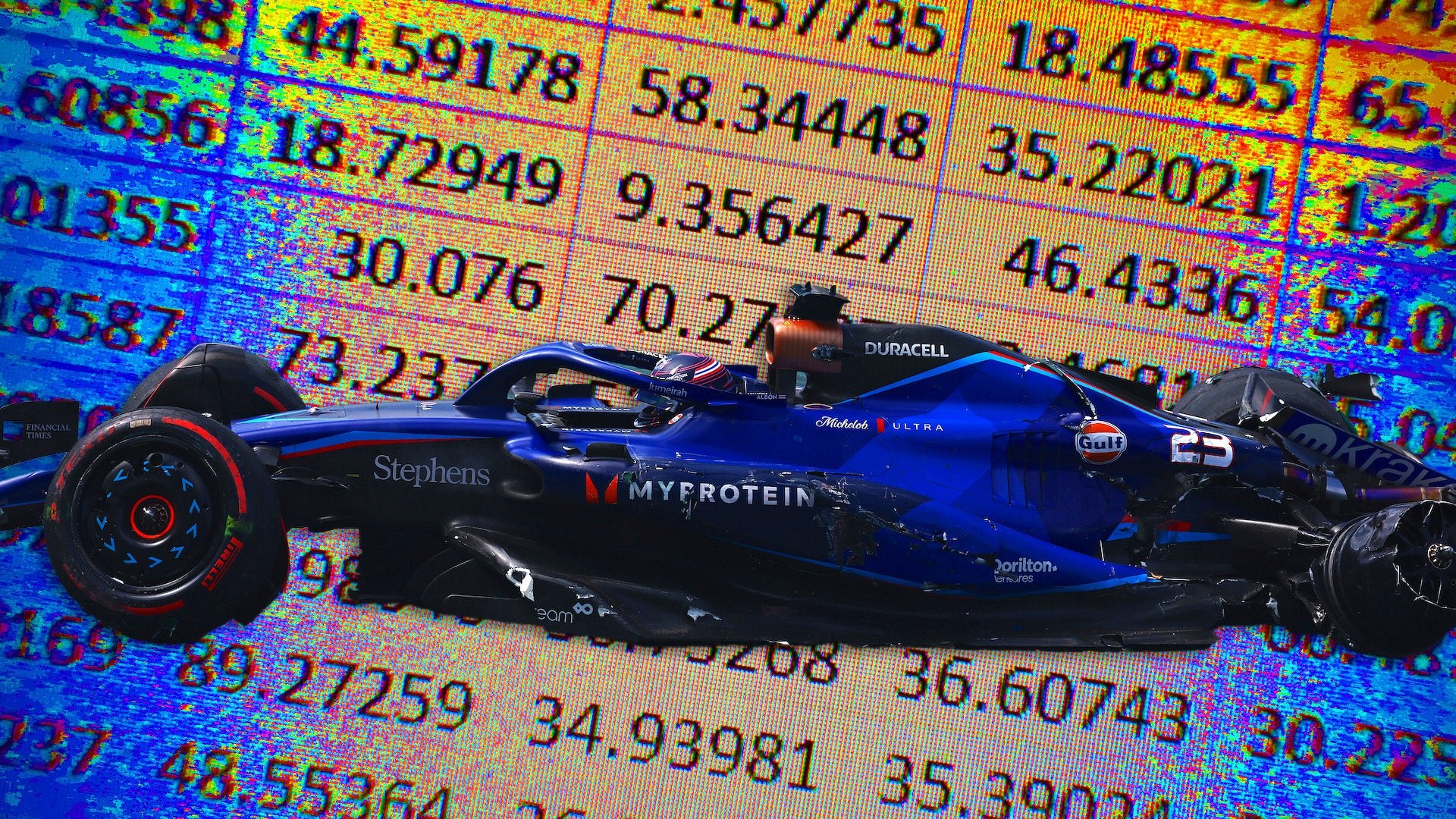
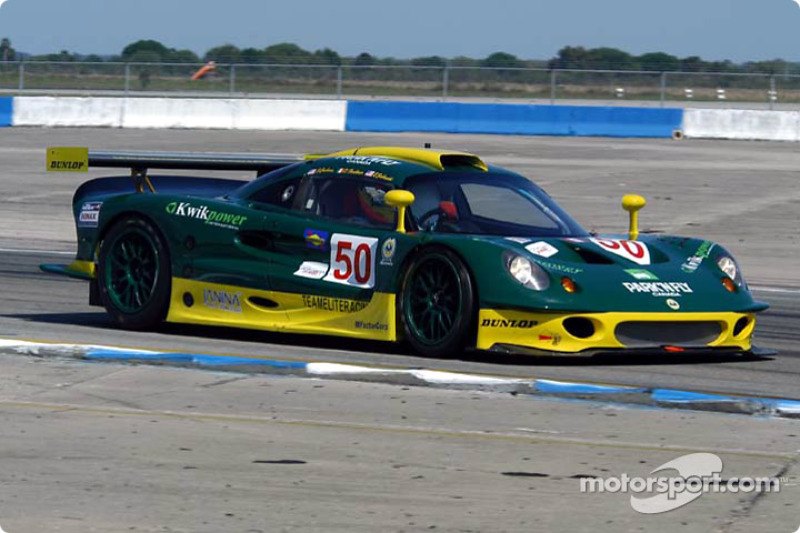
I don't know if anyone has already talked about it and in that case I apologize... But given that recently, perhaps yesterday IIRC, I mentioned it elsewhere, regarding the transition from the GT1 to the LmGtp class (transition successful only on the Toyota GT-One )... How can we not mention the Lotus Elise GT1 converted, after years, into an LmGtp by the Elite Racing team for the 12 Hours of Sebring 2003 and, theoretically, for a complete program in the 2003 ALMS?
The Lotus Elise GT1 wasn't that competitive, but this one... Even worse. Much worse.

Which one of us was a year out?A decade and a half prior....
Lotus Elise GT1
The Lotus Esprit had been a mainstay of the BPR Global GT Endurance Series since the category was launched in 1994. The best performances had been winning the GT3 Class at the Silverstone 4 Hours in 1995 and finishing 2nd outright at the same event in 1996.
When the category evolved into the FIA GT Championship for 1997, the ageing Esprit was replaced by the Elise. Six cars took part in the 1997 Season, three of which were powered by 6 Litre Chevrolet V8 engines originally designed for the Corvette and run by Lotus Racing (although the #15 car was taken over by the First Racing Project team after 1 race), two by GBF UK and using the less reliable Lotus V8 with a 3rd Lotus-powered car entered by Martin Veyhle Racing from Spa onwards. It would be one of the GBF entries that would secure the Elise's first finish (35th and last at Silverstone, talk about a happy hunting ground) and only points of the season with a 5th place at Helsinki, each time in the hands of Andrea Boldrini and Mauro Martini, although the latter result was largely thanks to a reduced field and race distance. The car finished no higher than 8th at Spa thereafter and by the end of the season, the Lotus Elise GT1 contingent was down to just two. Even in the Le Mans 24 Hour race, in which one of the Chevy-powered cars was entered (there were actually five Lotus Elise GT1s entered, according to racingsportscars.com, but two didn't turn up, one didn't pre-qualify and one didn't qualify), the Elise lasted only 1/3 distance before retiring. Lack of pace and reliability from the car and the engines that had powered it as well as expense and too much similarity to the production version of the Elise brought the curtain down on the project.
The story doesn't end there though as the Hezemans family bought two of the Chevy-powered Lotus Elise GT1s and reworked them into what became known as the Bitter GT1s in agreement with independent German car manufacturer Eric Bitter and now powered by Chrysler V10 engines as used in the Viper. The cars were entered in the 1998 FIA GT Championship, missing the opening round at Oschersleben and debuting at Silverstone. Once again, Silverstone would be where the car put in its best performance, albeit a double DNF after just over 1/5 distance, by which time, the Bitter GT1 had performed even worse than it had as a Lotus. Both cars turned up for the next round at Hockenheim but barely got to practice due to various problems, the gearbox being the most frequent so the cars were non-starters, the Bitter GT1's season ended there and then.
The final chapter of the story of the Lotus Elise GT1 came in the form of Team Elite buying one of the Chevy-powered cars and entering it in the LMP1 class at the 2004 Sebring 12 Hours. The car was slowest of the LMP1 runners in qualifying (we're talking 20 seconds off the pace of the Audi R8 LMP here) and lasted only 7 laps before the transmission failed and was the first retirement in its class. Plans to enter the car at Le Mans were cancelled and the Lotus Elise GT1 never raced again.
My fault: car was purchased and modified in 2003, but debuted (with bad results like already said) at the 2004 12H of Sebring. Then the project was promptly cancelled (there was no way to make that car competitive against proper LmGtp cars).Which one of us was a year out?
We all make mistakes.My fault: car was purchased and modified in 2003, but debuted (with bad results like already said) at the 2004 12H of Sebring. Then the project was promptly cancelled (there was no way to make that car competitive against proper LmGtp cars).
They had a crazy idea, in fact if they had managed (for whatever reason) to be competitive with such an old car then many would have asked more than one question about the current LMP900/LMGTP regulations. But as expected the car performed quite badly, it would be interesting to see the results of the qualifying but I think it went even slower than the LMP675s and only slightly faster than the GT1s of those years (such as the ACEMCO Saleen S7R).We all make mistakes.
What did they expect? The car was already 6 years old when it was purchased and hadn't been competitive when it originally raced in 1997.
Present! I remember MSD/Hyundai efforts also because an italian rally driver, Piero Liatti, former Subaru driver IIRC, raced with them.Anyone remember the first time Hyundai competed as a works team in the WRC with the Accent? Poor MSD, effectively went straight from one failure with Peugeot in the BTCC to another with Hyundai in the WRC. From 2000 to 2003, Hyundai usually found themselves fighting with Skoda for the wooden spoon (2002 being the one season where they didn't finish in the bottom two in the Manufacturer's Championship, they came 4th, 1 point ahead of Skoda and Mitsubishi but 57 behind Subaru). Reliability and budget constraints were the main bugbears, especially in 2002 and 2003, but the Hyundai Accent WRC, in all its iterations, only finished in the points 10 times in 48 rallies with 4th being the best result (Kenneth Eriksson, Australia 2000 and Alister McRae, Great Britain 2001). If we only count points scored by the drivers then Hyundai managed just 17 points in 4 years of trying. Results gradually worsened, with 5th for the soon-to-retire 4 time World Champion Juha Kankkunen in New Zealand being the peak in 2002 (not the best way to bow out for one of the WRC's most successful drivers really), and the aforementioned budget constraints eventually led to the team's withdrawal in 2003 with four rounds to go.
You might be in luck here - https://www.racingsportscars.com/They had a crazy idea, in fact if they had managed (for whatever reason) to be competitive with such an old car then many would have asked more than one question about the current LMP900/LMGTP regulations. But as expected the car performed quite badly, it would be interesting to see the results of the qualifying but I think it went even slower than the LMP675s and only slightly faster than the GT1s of those years (such as the ACEMCO Saleen S7R).
It's worth noting that in those years it happened to witness the attempts of some teams to "resurrect" old cars: perhaps the most famous was that of the Super Aguri F1 team (on track in 2006 with the former 2002 Arrows A23, modified only enough to comply with the new regulations and little else).
Yes, the Fabia has been talked about before on this thread but not the Octavia (You were correct, Armin Schwarz, Kenya 2001).Present! I remember MSD/Hyundai efforts also because an italian rally driver, Piero Liatti, former Subaru driver IIRC, raced with them.
Since you mentioned Skoda, I also remember the mistreated Skoda Octavia WRC which however was capable of a podium at the Safari Rally Kenya with Armin Schwarz at the wheel (but I don't remember the year... 2001 perhaps?)
Honda obviously redeemed themselves with Red Bull.In 2015, two of the biggest stories in the motorsport world was the returning partnership of McLaren and Honda in Formula One and Nissan's entrance into the LMP-1 ranks with a radically designed prototype.
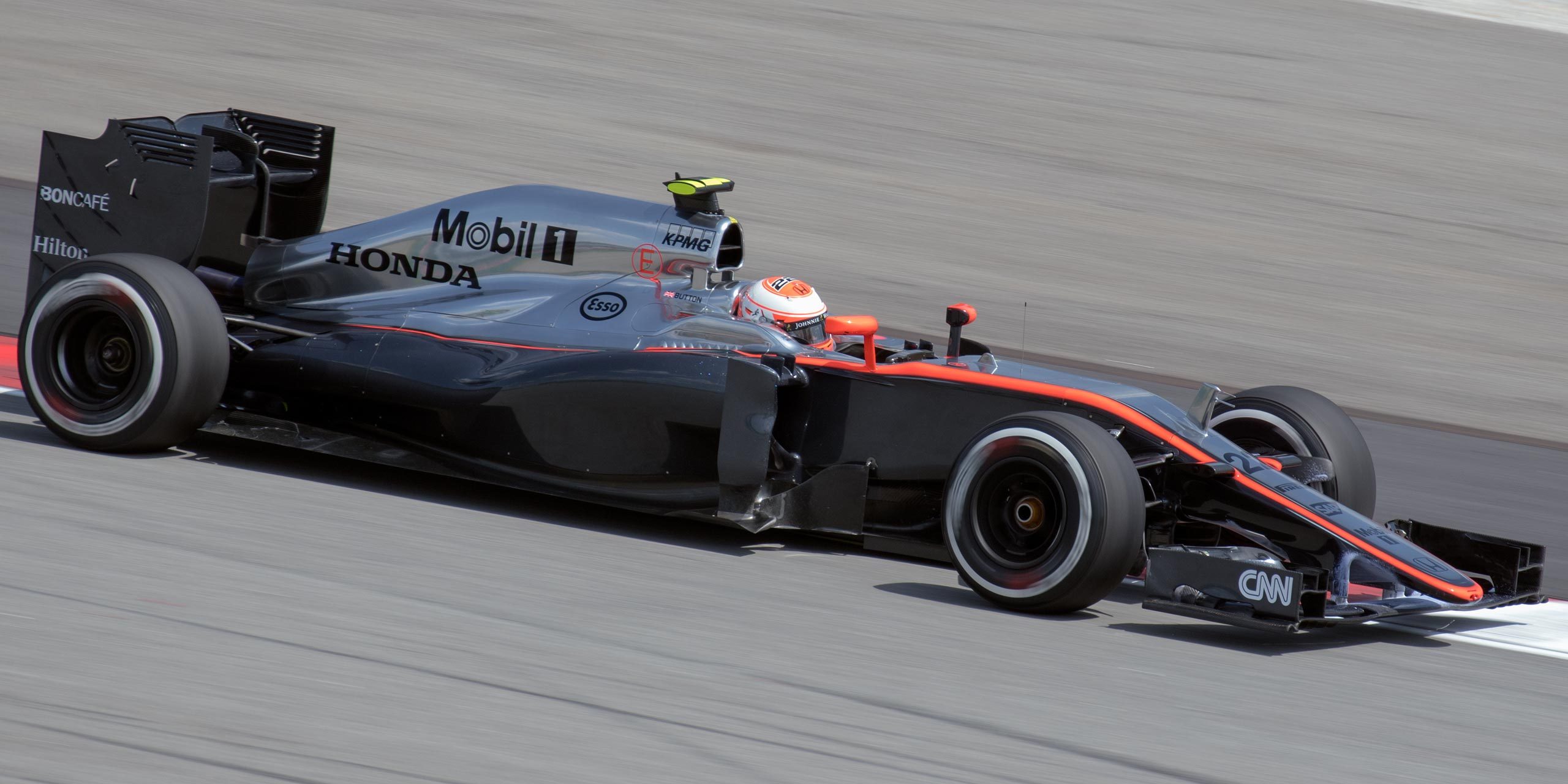

Unfortunately both programs endured massive struggles to be competitive all year. McLaren suffered one of the team's worst seasons in their storied history due to reliability issues and power output on the new Honda powerplants. Nissan's radical GT-R LM Nismo program had many delays throughout the entire year. This resulted in the 24 Hours of Le Mans being the car's only race before Nissan pulled the plug on the program while progress was being made.
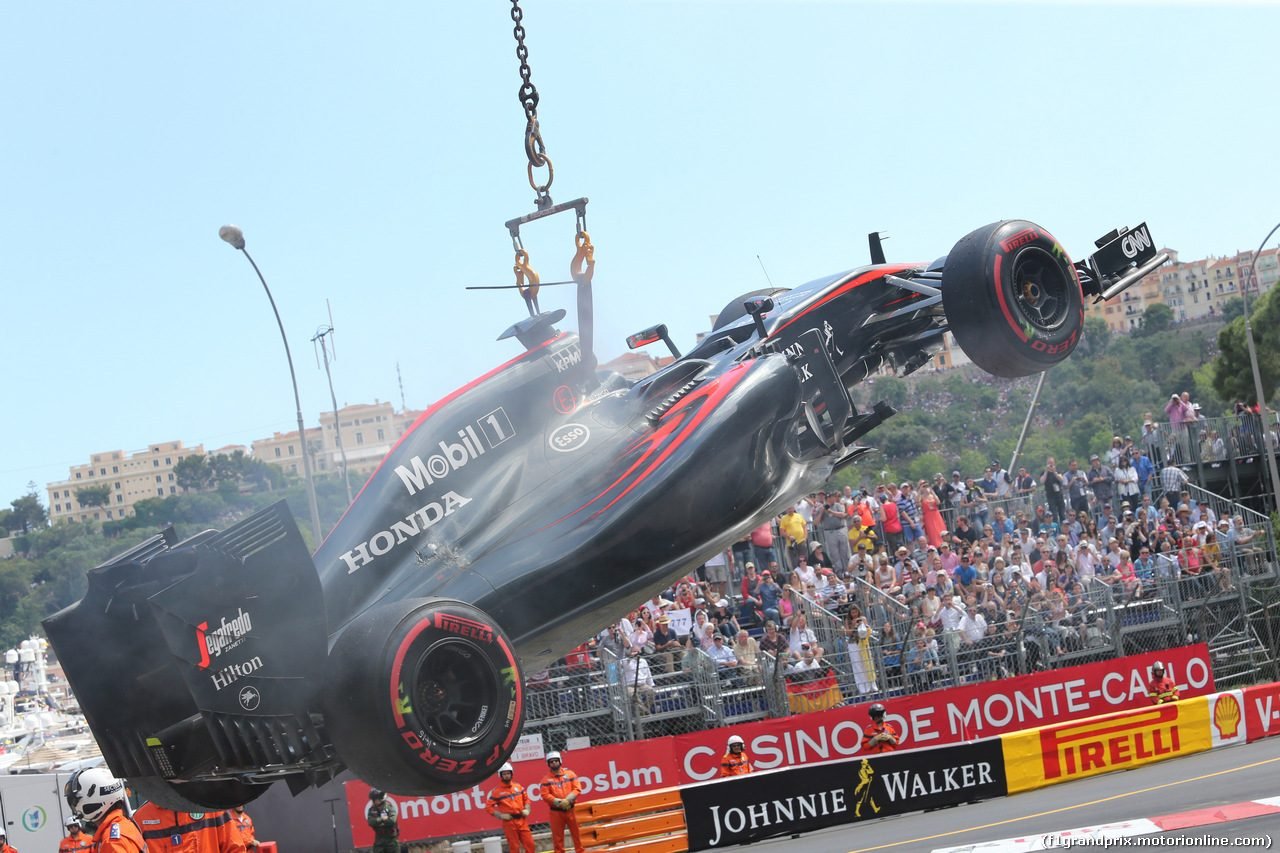
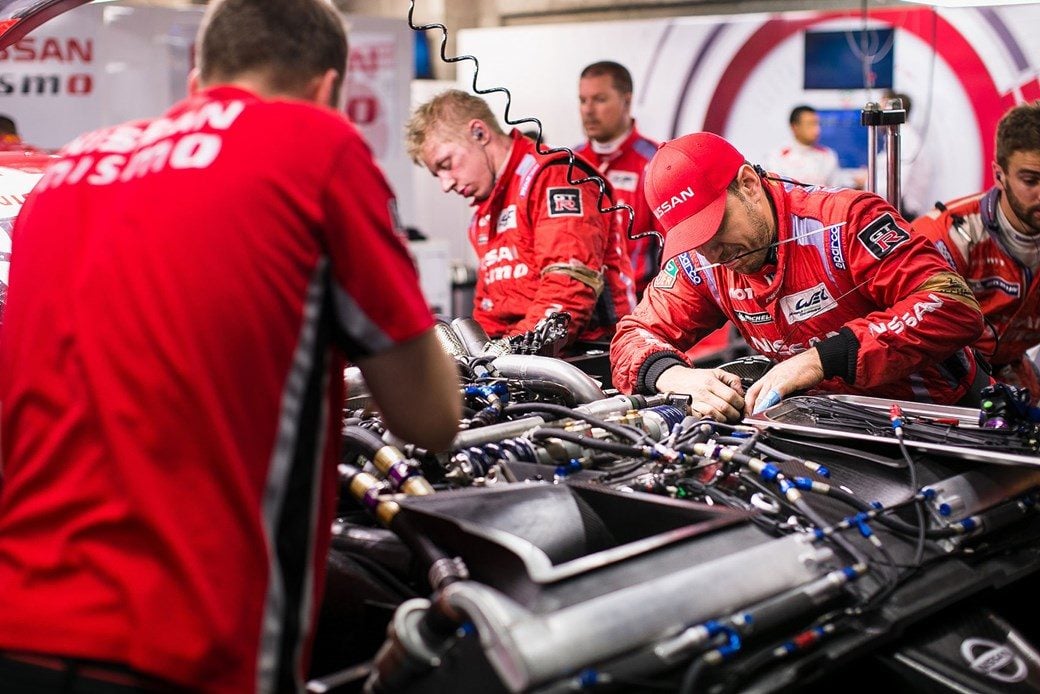
These two events are just the latest in a long list of disappointments or bad decisions that was been seen in motorsports. From bad car designs, to team or driver performance that lead to poor results and sanctioning bodies making new regulations that later destroyed a series is the point for this thread.
Elite Racing's crazy idea went even worse than I thought... In qualifying their "LMGTP" (so called) Lotus Elise fared even worse than some GT class cars.You might be in luck here - https://www.racingsportscars.com/
Crazy idea indeed!
Super Aguri actually did reasonably well in their first season. Outperforming Honda in 2007 and SS United defaulting on payments is really what put paid to them.
I swear the Leafield factory must be cursed as all three F1 teams that have been based there fell by the wayside (Arrows, Super Aguri, Caterham).
Yes, the Fabia has been talked about before on this thread but not the Octavia (You were correct, Armin Schwarz, Kenya 2001).
I'm intrigued about what happened to the #63 Saleen. Is that for real? Or just a typing error?Elite Racing's crazy idea went even worse than I thought... In qualifying their "LMGTP" (so called) Lotus Elise fared even worse than some GT class cars.
Starting grid of the 2004 12H of Sebring with various lap times: https://www.racingsportscars.com/grid/Sebring-2004-03-20.html
Too much weird to be a typing error. Probably that time resulted in official documents. Maybe a transponder issue? Who knows.I'm intrigued about what happened to the #63 Saleen. Is that for real? Or just a typing error?
I am as gob-smacked and stumped as you are.Too much weird to be a typing error. Probably that time resulted in official documents. Maybe a transponder issue? Who knows.
This list shows the same result but also lists a qualifying speed of 7.5 mph. Maybe it broke down when they left the pits and the driver just got out and pushed it around the track.Too much weird to be a typing error. Probably that time resulted in official documents. Maybe a transponder issue? Who knows.

Way too fast an average to push a car around the track if an unladen human can only run at about 8 mph.This list shows the same result but also lists a qualifying speed of 7.5 mph. Maybe it broke down when they left the pits and the driver just got out and pushed it around the track.
Welll, I may have found the answer regardless:Way too fast an average to push a car around the track if an unladen human can only run at about 8 mph.
Welll, I may have found the answer regardless:
They mention at 18:56 that the Saleen's left front wheel came off during the morning warmups, I obviously haven't watched the whole thing yet to see if they remark on anything else that happened so I'm guessing the car was just suffering from a lot of mechanical issues all weekend.
Edit: Okay, they say the Saleen spun during qualifying and then came in to change the tires, which is not allowed since you have to start on the tires you run qualifying with, so I presume they just recorded that time to officially put them ahead of the cars that had their times invalidated for technical infractions.
African or European?Way too fast an average to push a car around the track if an unladen human can only run at about 8 mph.
Up until now, the slowest time in any form of motor racing I knew of was Perry McCarthy at Monaco in 1992. Some sources credit him and his Andrea Moda as being nearly half an hour off the pace needed to pre-qualify. Well, when you haven't got a proper seat in your car and you're being bounced around to the point of developing double-vision and you're finding it harder to tell which way to turn at Monaco of all places, then what you expect? Not making this up, Perry actually said these things himself, took quite a beating.This list shows the same result but also lists a qualifying speed of 7.5 mph. Maybe it broke down when they left the pits and the driver just got out and pushed it around the track.
Welll, I may have found the answer regardless:
Edit: Okay, they say the Saleen spun during qualifying and then came in to change the tires, which is not allowed since you have to start on the tires you run qualifying with, so I presume they just recorded that time to officially put them ahead of the cars that had their times invalidated for technical infractions.
IIRC the ACEMCO team was often let's say "sloppy" in preparing the car, lots of oversights here and there. The car itself, on the other hand, often lacked reliability (I remember for example the Vitaphone Konrad team in the FIA GT, their Saleens were often fast but fragile, but also in the various national championships it often went like this), another proof of this lies in the only class victory at Le Mans obtained in the last edition in which the GT1s participated, again IIRC.At what point in the vid?
From what I have been able to gather, all everyone seemed to know is that the Saleen encountered a lot of problems that weekend without going into too much detail about them.
Well that explains as much as is possible really. Maybe to a certain degree, the Saleen S7R belongs on this thread?IIRC the ACEMCO team was often let's say "sloppy" in preparing the car, lots of oversights here and there. The car itself, on the other hand, often lacked reliability (I remember for example the Vitaphone Konrad team in the FIA GT, their Saleens were often fast but fragile, but also in the various national championships it often went like this), another proof of this lies in the only class victory at Le Mans obtained in the last edition in which the GT1s participated, again IIRC.
And to think that when the Saleen S7R arrived in Europe it intimidated everyone, I remember that it was the RML (Ray Mallock) team who first believed in this car. Years later I have the feeling that he won less than his potential.